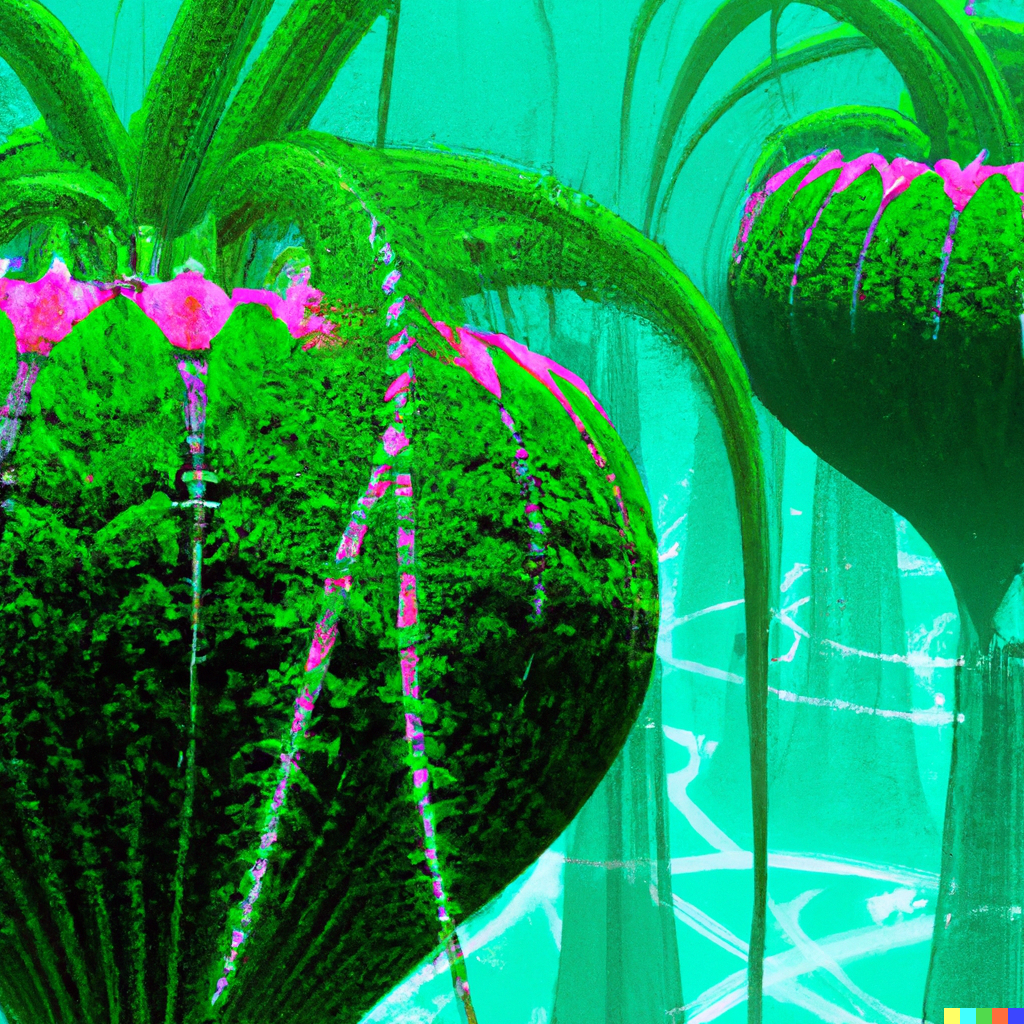
Biomimicry, a novel design discipline that emulates nature's best ideas, has long been leveraged to solve complex human problems. ReLeaf, a pioneering enterprise in Austin, Texas, is harnessing the power of biomimicry and the intriguing patterns of fractals in its innovative vertical garden systems, unlocking scalable solutions for sustainable urban living.
One of the most fascinating components in ReLeaf's vertical gardens is the VertiCan, an upright hollow cylinder with a drainage hole. This simple yet effective design mirrors the natural systems where water flow is slowed but not entirely stopped, such as in a tree trunk or a rain-soaked soil column. The slow drainage ensures that the plants have sufficient time to absorb the much-needed water and nutrients while preventing water-logging.
Moreover, the roots growing in a VertiCan follow a fractal pattern, a concept found ubiquitously in nature. Fractals are patterns that are repeated at different scales, and they represent nature's way of achieving efficiency, resilience, and variability. The fractal-like root system in a VertiCan maximizes the surface area for nutrient absorption, mirroring the efficiency of natural root structures.
Beyond the VertiCan, ReLeaf's vertical gardens work to enhance soil's field capacity, or its ability to retain water after excess water drains away. The gardens attract a diverse array of organisms - from the tiniest microorganisms to larger soil-dwelling creatures - all contributing to increased soil wettability. This approach reflects the natural soil ecosystem, slowing water drainage and directing it more downwards, improving water and nutrient availability for plants.
The structure of ReLeaf's vertical gardens themselves also resembles a fractal pattern. The individual garden units, each a productive green oasis, come together to create larger green walls. These, in turn, can cover entire buildings, creating a green facade. This modularity, a repetition of patterns at varying scales, mirrors the fractal organization seen in natural ecosystems, from the leaf patterns in a tree to the distribution of trees in a forest.
ReLeaf's vertical gardens present an excellent case study of how biomimicry and fractals can inspire sustainable, efficient, and scalable solutions. By mirroring nature's time-tested strategies, ReLeaf is redefining urban greening, paving the way for a future where cities themselves become verdant, vibrant natural ecosystems.